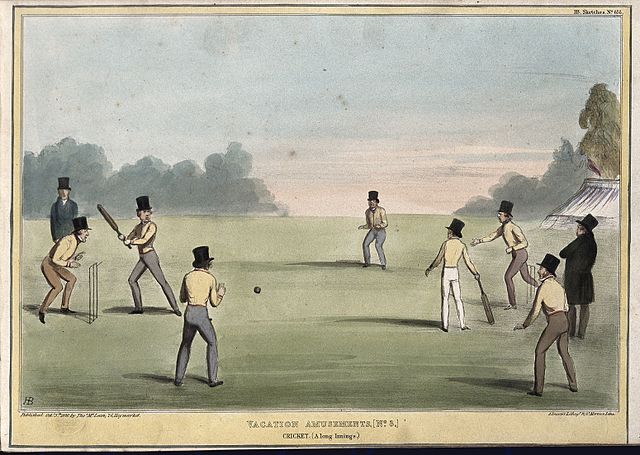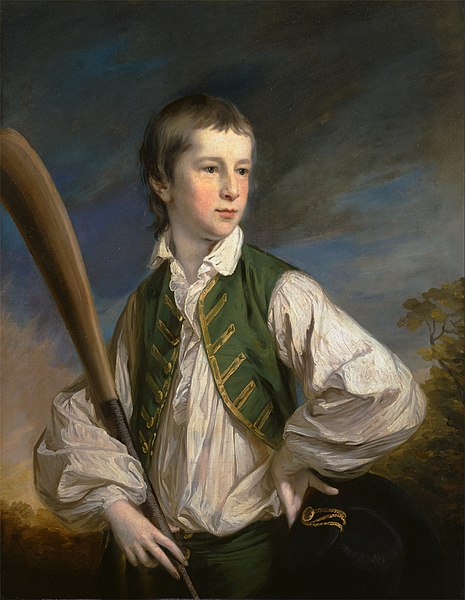
Through the generosity of the late Professor Benedict Anderson and Ajarn Charnvit Kasetsiri, the Thammasat University Library has acquired some important books of interest for students of Association of Southeast Asian Nations (ASEAN) studies, history, political science, literature, and related fields.
They are part of a special bequest of over 2800 books from the personal scholarly library of Professor Benedict Anderson at Cornell University, in addition to the previous donation of books from the library of Professor Anderson at his home in Bangkok. These items are shelved in the Charnvit Kasetsiri Room of the Pridi Banomyong Library, Tha Prachan campus.
These include a book that should be of interest to TU students of sociology, history, political science, literature, and related fields. Beyond a Boundary by Cyril Lionel Robert James is a memoir about the sport of cricket written by James, an author from Trinidad and Tobago, the Caribbean nation near Venezuela.
Beyond a Boundary focuses on the social impact of cricket, a bat-and-ball sport contested by two teams, usually of eleven players each, which is played in over 100 countries, including Thailand.
James notes that cricket has origins in the Olympic Games of Ancient Greece, but played an especially prominent role in his homeland during the colonial era of the British Empire. There was also a political aspect to the game, he observes:
Cricket had plunged me into politics long before I was aware of it. When I did turn to politics, I did not have too much to learn.
In analyzing national culture and society in the West Indies, the United Kingdom, and Trinidad, there are many lessons to be learned from the way the sport of cricket is conducted. Insights into education, family, national culture, class, race, colonialism, and decolonization are also possible by looking at West Indian cricket and the history of cricket.
James notes that the game’s emphasis on fair play and acceptance of referee’s decisions without objection is rarely seen in the world outside cricket.
Beyond a Boundary has received a considerable amount of acclaim. The Nobel Prizewinning novelist V. S. Naipaul, a Trinidad and Tobago-born British writer of works of fiction and nonfiction in English, considered it to be one of the finest and most finished books to come out of the West Indies.
The TU Library owns a number of books by and about V. S. Naipaul.
Another admirer of the book was the Nobel Prizewinning poet Derek Walcott, who wrote that Beyond a Boundary should find its place on the team with Izaak Walton, Ivan Turgenev, A. J. Liebling, and Ernest Hemingway.
Walcott, books by and about whom are in the TU Library collection, was a Saint Lucian poet and playwright. He was referring to other noted writers on sport, and the TU Library owns a number of books by some of these authors too. Others are available to TU students from the TU Library Interlibrary Loan (ILL) service.

Another writer, Caryl Phillips, a Kittitian-British novelist, playwright and essayist, explained that Beyond a Boundary appeared in 1963. It is part memoir and part sports book . . . but it is really an attempt by James to define the world of politics and the world of art. The great triumph of Beyond a Boundary is its ability to rise above genre and in its very form explore the complex nature of colonial West Indian society. It accomplished this by placing at its allegorical heart the most quintessentially English of games. James admired cricket because it was a great team sport and a great individual sport: the game allowed for sudden savage onslaughts of batting or bowling, and suddenly it could turn and demand that the individual subordinate himself to the collectivity. This ‘moral’ game, he maintained, mirrored the unpredictability of life, in that it was both personal and social, highly formal yet open to abuse. As Derek Walcott pointed out in 1984, ‘he [James] loves cricket above everything else, not because it is a sport, but because he has found in it all the decencies required for a culture.
TU students looking for topics for theses or academic research projects may note that studying popular culture may be one starting point for understanding aspects of empire, racism, and the history of colonialism.
James also makes it clear that when he was growing up, fascination with cricket was combined with a profound love for world literature:
To complicate my troubled life with my distracted family the Queen’s Royal College fed the other of my two obsessions, English literature. When I entered the school at ten I was already primed for it, and the opportunities it offered completed my ruin for what the school and my father considered to be my duty. I spent eight years in its classrooms. I studied Latin with Virgil, Caesar and Horace, and wrote Latin verses. I studied Greek with Euripides and Thucydides. I did elementary and applied mathematics, French and French literature, English and English literature, English history, ancient and modern European history. I took certain examinations which were useful for getting jobs… What did all this matter to me when I discovered in the college library that besides Vanity Fair, Thackeray had written thirty-six other volumes, most of them with pictures by himself? I read them through straight, two volumes at a time, and read them for twenty years after. (I stopped only when I came to England in 1932 and read him only sporadically. Recently I have started again.) After Thackeray there was Dickens, George Eliot and the whole bunch of English novelists. Followed the poets in Matthew Arnold’s selections, Shelley, Keats and Byron; Milton and Spenser. But in the public library in town there was everything, Fielding, Byron, with all of Don Juan. I discovered criticism: Hazlitt, Lamb and Coleridge, Saintsbury and Gosse, The Encyclopaedia Britannica, Chambers’ Encyclopaedia. Burke led me to the speeches: Canning, Lord Brougham, John Bright… The literature of cricket was easier. There were not many around, so those I could put my hands on I had to read over and over again. The Jubilee Book of Cricket by Ranjitsinhji was large, with many words on the page-I treasured it.
TU students may find many of the authors and books mentioned above on the shelves of the TU Library or available from the ILL service.

Thailand and cricket
As TU students know, the Thailand national cricket team is the team that represents the Kingdom of Thailand in international cricket. The team is organised by the Cricket Association of Thailand, which has been an associate member of the International Cricket Council (ICC) since 2005.
As the Cricket Association of Thailand website observes,
In a country where football, Muay Thai, tennis and golf have high visibility, it may be surprising to note that cricket has been played recreationally since 1890, the era of King Chulalongkorn, Rama V, both in Bangkok and Chiang Mai. It became organized as a competitive sport with the formation of the Thailand Cricket League (TCL) in 1971. It has expanded from an initial six Bangkok teams to a present 19 teams playing in three divisions; and from time to time, since 1980s, including a team from Chiang Mai. Adult cricket is now being played not only in Bangkok and Chiang Mai but also in Khon Kaen, HUA HIN, Easter Seaboard, and more recently in Phuket.
Much media attention has been focused in recent years on the Kingdom’s women’s national cricket team.

(All images courtesy of Wikimedia Commons)
